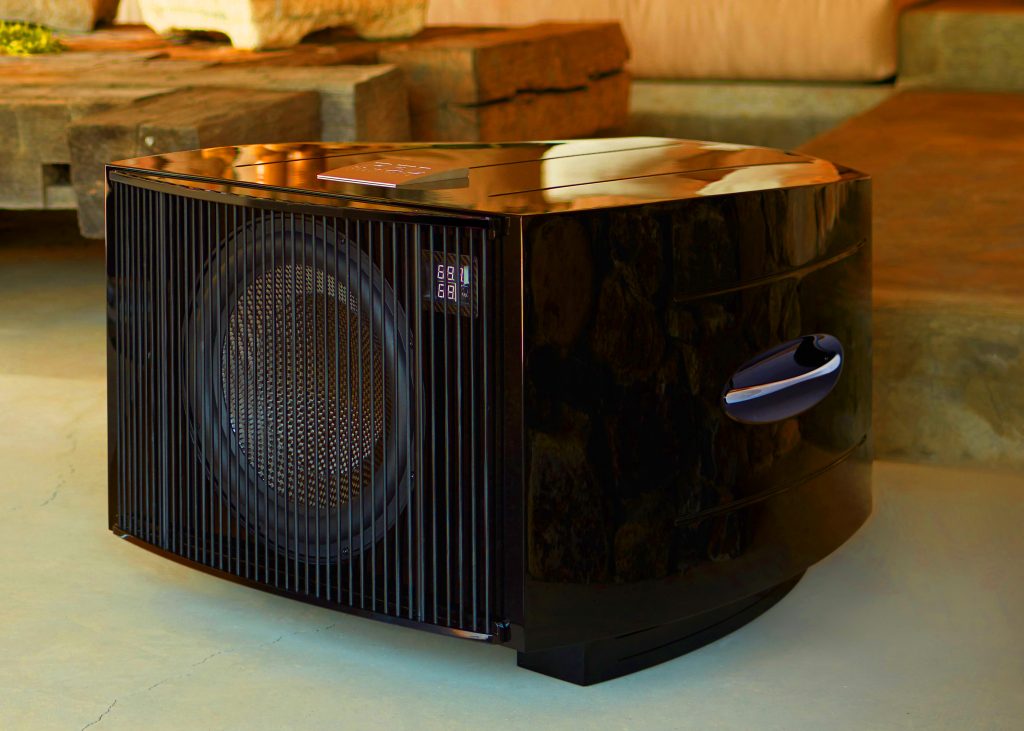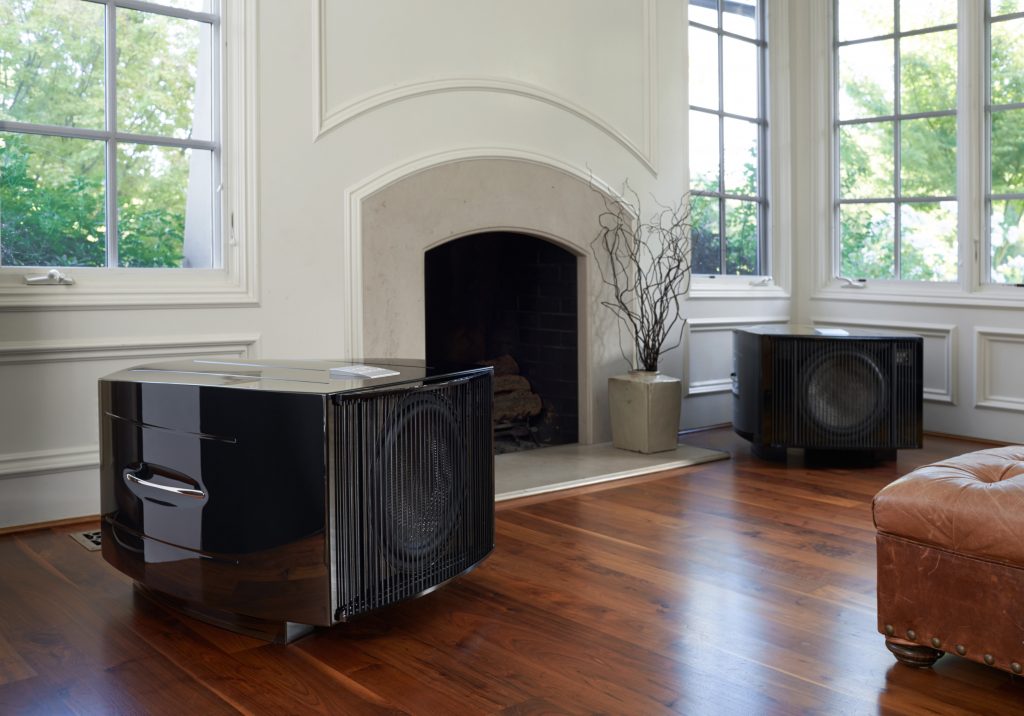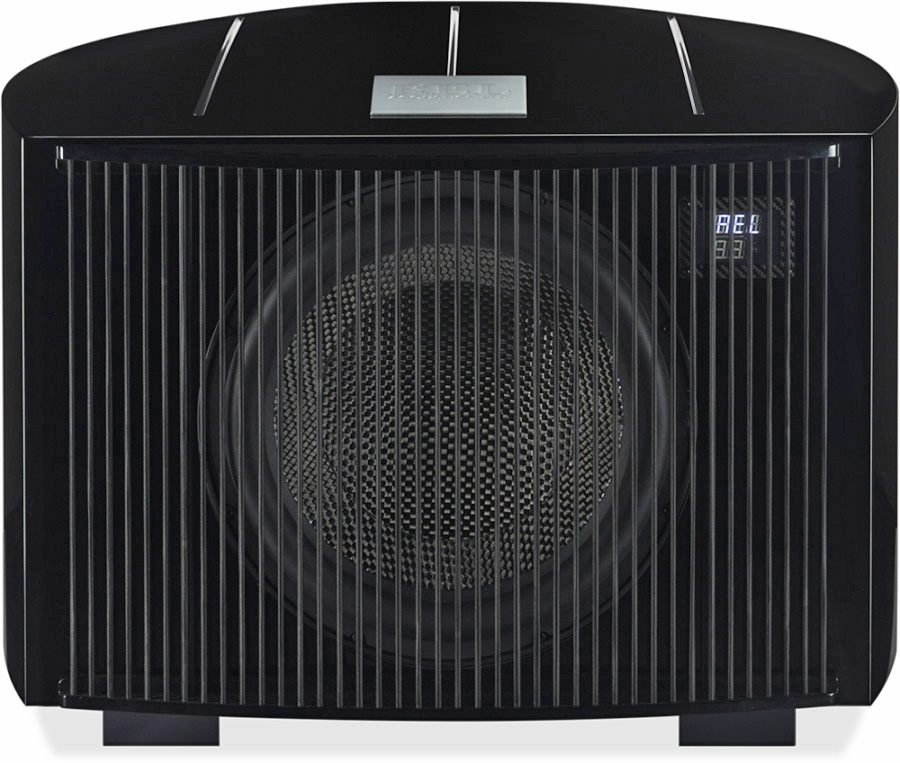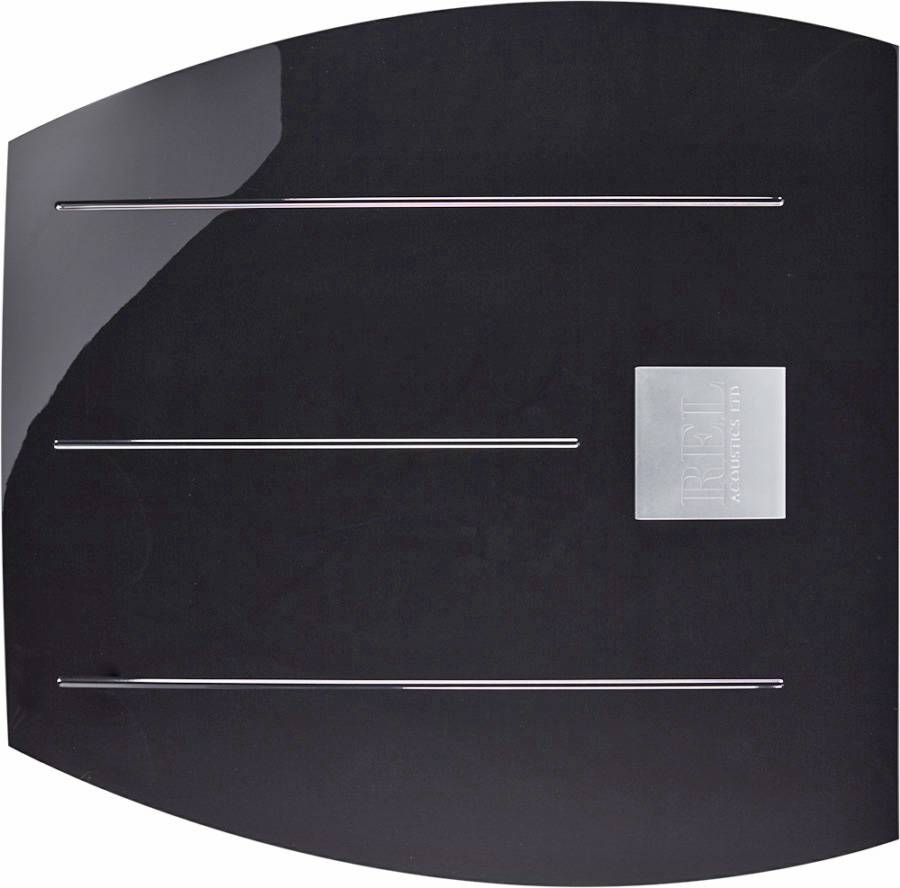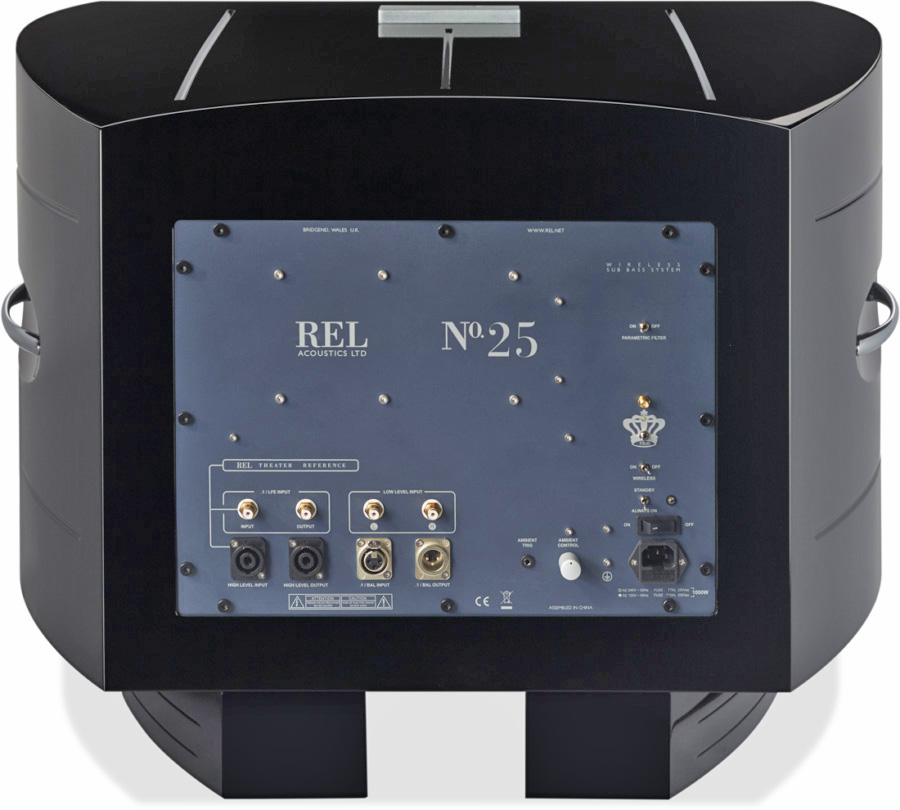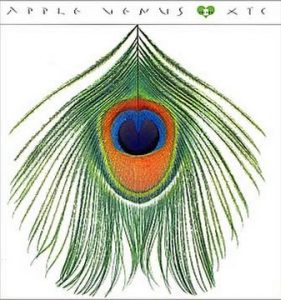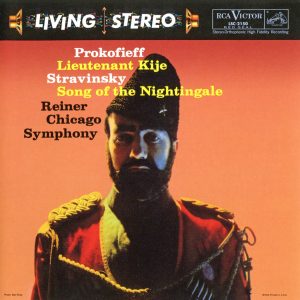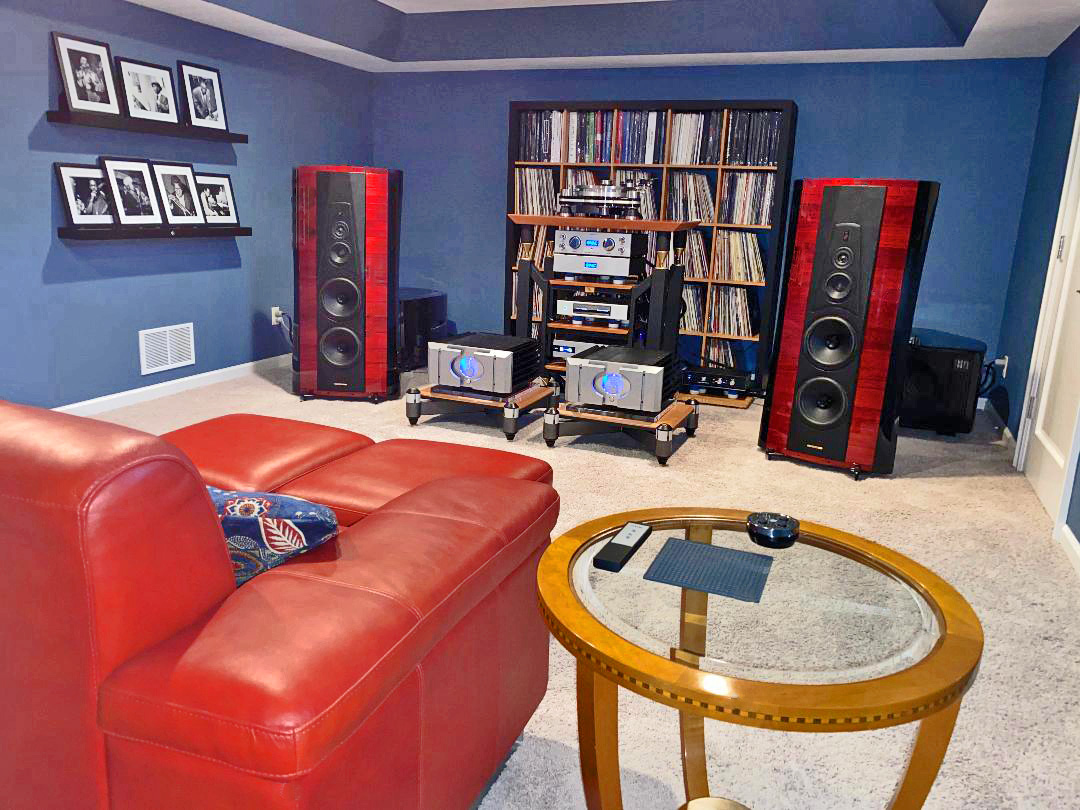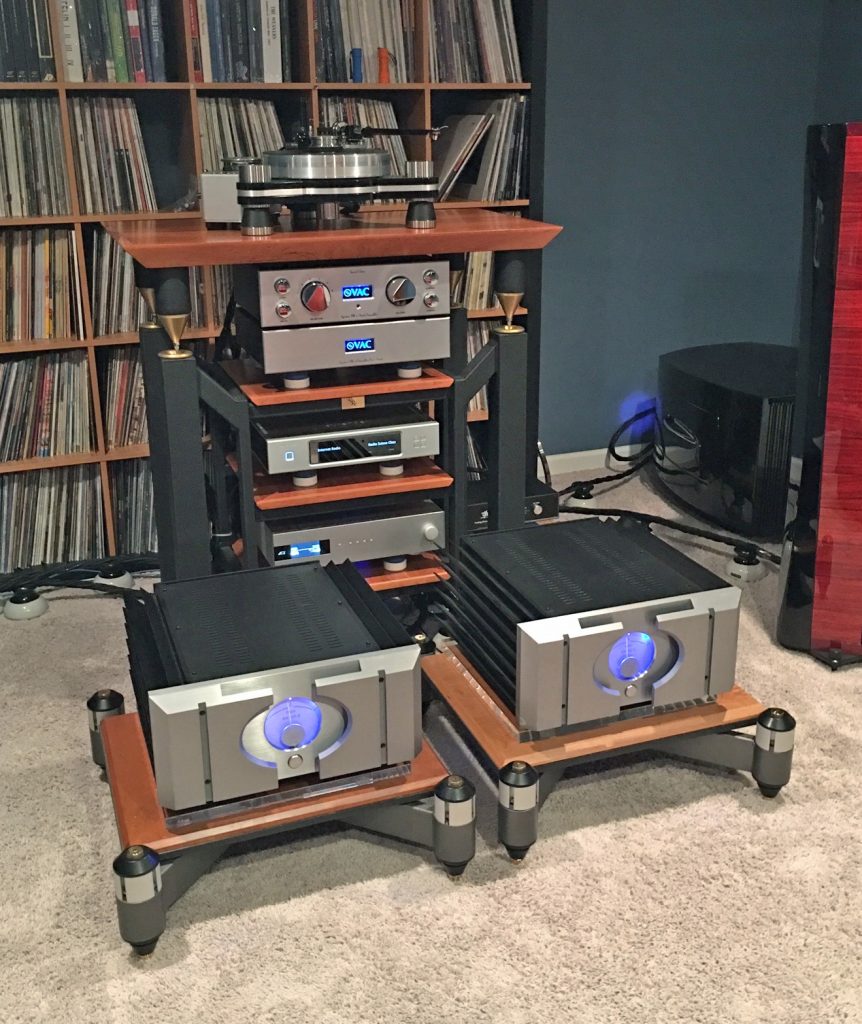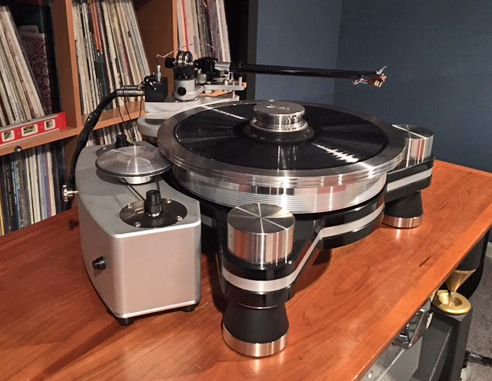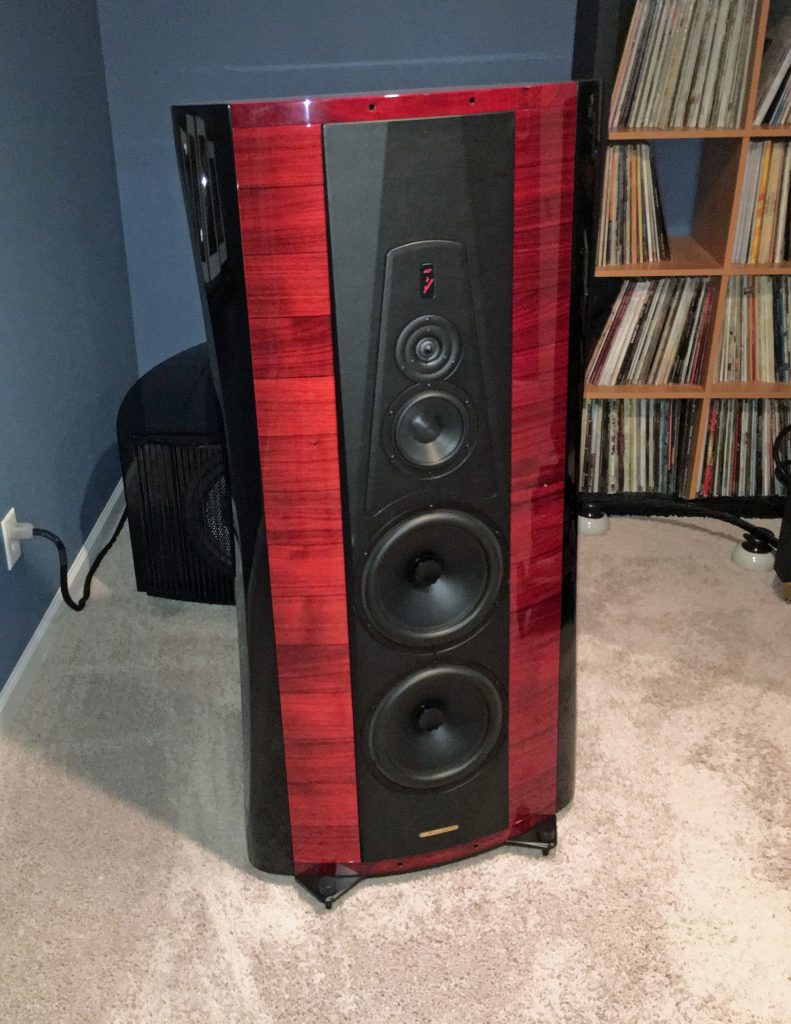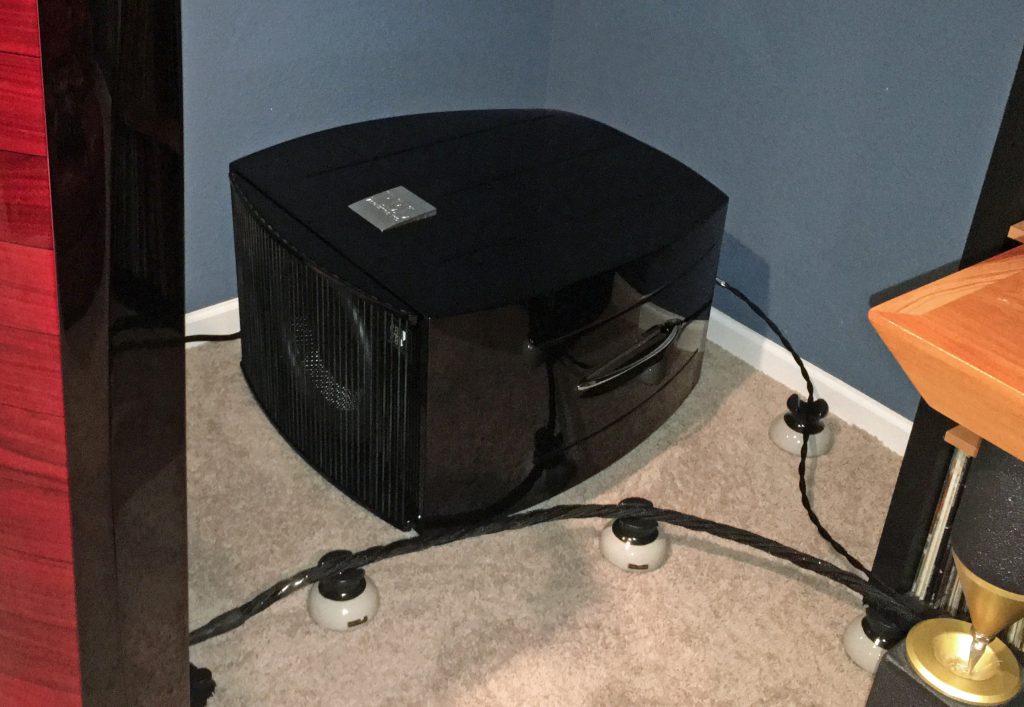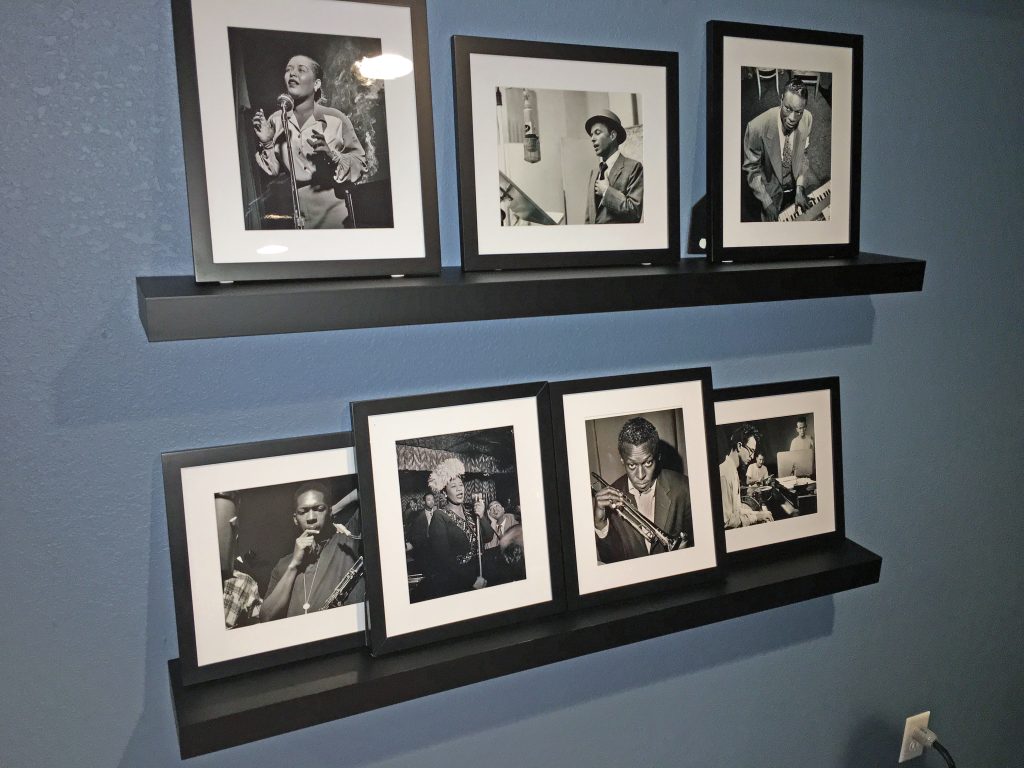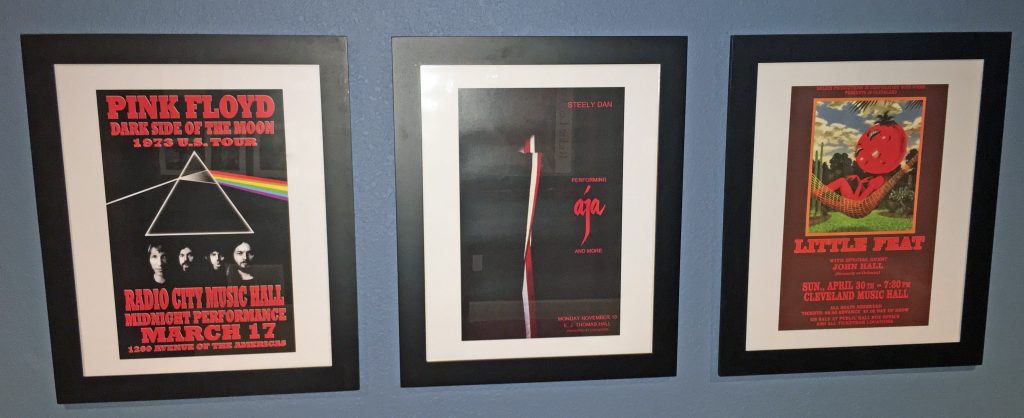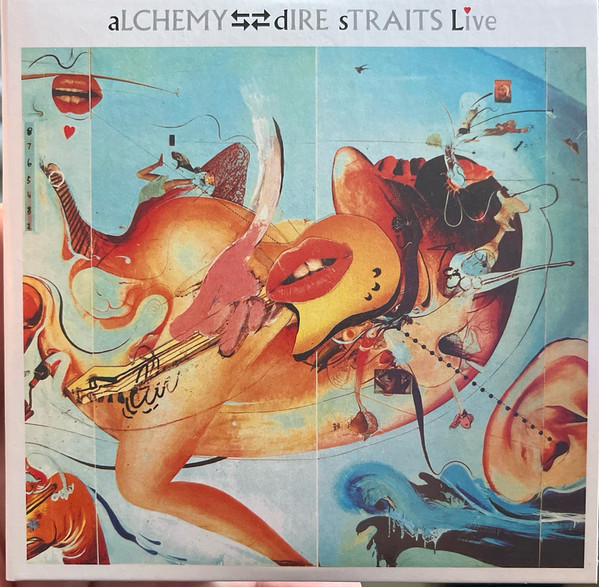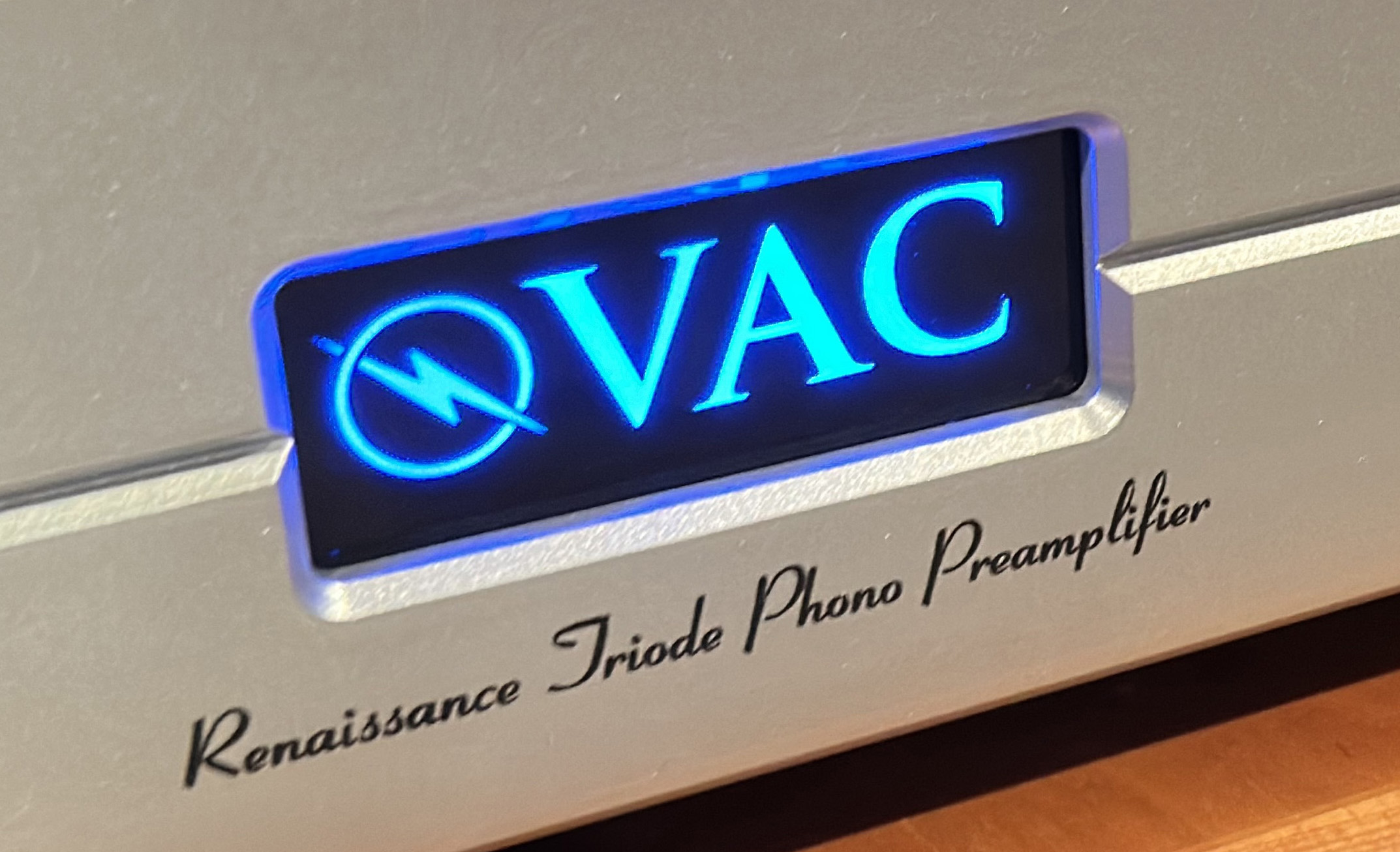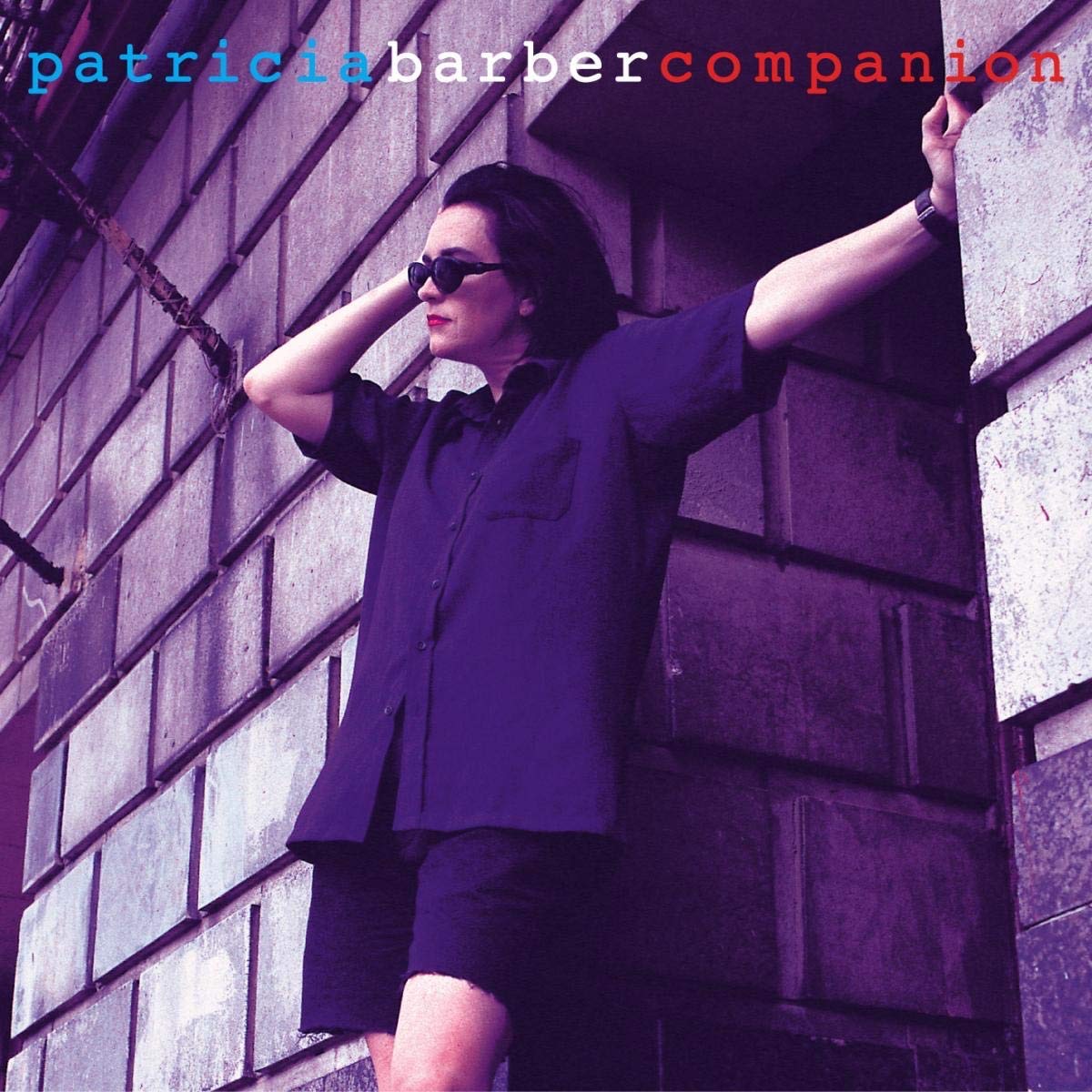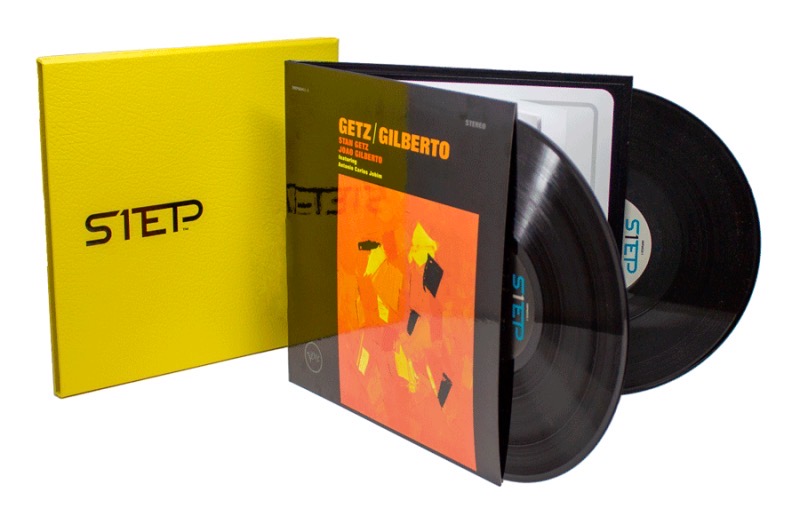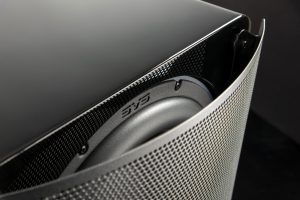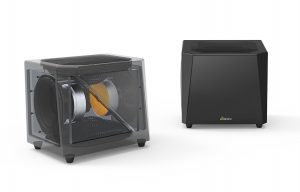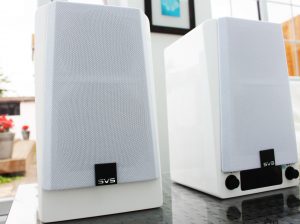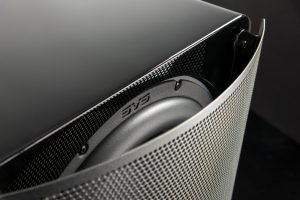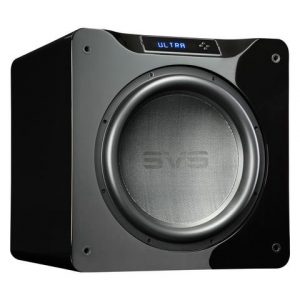Definition from Oxford Languages
coup de main
/ˌko͞o də ˈman/
noun: a military attack that relies on surprise, speed, and concentrated strength to attain its objectives.
Introduction
There are brands that many consider the very foundation of the high end industry. In my opinion, REL is one of those brands. They have a long and impressive legacy. There is a tradition of brilliant design and superb quality. Customer support and responsiveness is a top priority. These days, the audio enthusiast must consider all of the above, but also the long term viability of the company. Again, REL checks all the boxes.
Many times I have built systems with and without subwoofers, or with other brands of subwoofers, or with what some might consider as compromised if not kluged solutions. Inevitably it seems, I always come "screaming back with my hair on fire" to REL. I have used this analogy before, but it is more than appropriate here.
Nothing wrong with these other subwoofer brands. In fact, there are some big time performers out there for both two channel and home theater. But, in my humble opinion, there are only a few contenders that can really deliver world class two channel performance and integration. REL is at the top of my very short list of these brands. At an MSRP of $7500 each, the current flagship REL No. 25 Subwoofer has now defined a new benchmark that will be extremely difficult to beat.
Caveat Emptor
System synergy and personal taste are critical when evaluating high-end audio products. This review is based on my subjective requirements, my subjective ears, my specific system configuration, and my specific listening room. This combination is only one data point of many that exist out there for these components. Please consider my comments and analysis appropriately.
Review System
I have included a comprehensive list of all my components and a description of my listening room. Please click on my name in red above if needed.
Some Backstory
I have a long history of both owning and reviewing several generations of what REL has offered over the years. My first subwoofer was the REL Stentor III which greatly motivated me to move forward with the then flagship REL Studio III. Both were downward firing folded transmission line designs utilizing Class A/B mosfet amplifiers. I also lived with the next generation REL Gibraltar G2 before experimenting for a few years with other brands and models. The G2 was a forward firing design, again with a Class A/B mosfet amplifier. Based on this real world experience, I have some definite thoughts about how the brand has evolved and where the No. 25 fits into this evolution.
Before moving on to the review, please indulge me as I feel compelled to acknowledge a few important contributors to my never ending high end audio education. The focus here is speaker and subwoofer positioning. The first of course is John Hunter, owner and lead designer for REL Acoustics. When I think of REL, I think of John Hunter.
I was first introduced to John back in his Sumiko days as President, owner and leader of Sumiko, the USA Distributor that supported REL along with several other premier speaker and component lines. Of his many skills and accomplishments, it is well known that John was instrumental in setting the standard for developing a process for both speaker and subwoofer placement and fine tuning. Just use your favorite search engine and check out the many videos and postings on the subject. His thoughts are pretty much the gold standard. He be the man!
I also have great respect and admiration for two other members of our industry. I call them the "Dream Team" when it comes to room set up and component positioning. Mick Survance of Quintessence Audio in Morton Grove, Illinois (just outside of Chicago), has been a strong supporter and friend over the last 30 years—well before I even began reviewing. I have said it before, but the statement "In Mick's Ears I Trust" should be on a framed plaque on my listening room wall.
Lastly, there is Allan Haggar. Back in the day, he was the Midwest Representative for Sumiko. Today he is the National Sales Manager for KEF America. Allan has got to be one of the most brilliant and articulate associates that I have had the pleasure to work with over these many years. He has that rare ability to bring the many layers and layers of technical information all down to the appropriate level as needed for each application and each specific customer. His excellent background and education in music also wonderfully supplements these skills. I have learned much from Allan.
When working through the process, I will never forget the inch by inch and then sometimes half inch by half inch method of repositioning both speakers and subwoofers with these two working in total harmony. It was one of those things were just a look or gesture was well understood between the two, even without spoken words. It was poetry in motion.
Though it is a lovely song, I also cringe every time that I now hear the Jennifer Warnes track "Ballad of the Run Away Horse," from Rob Wasserman's Duets album. This cut was the primary music and tool that was used throughout the process. If you are familiar, you will note that a clearly defined acoustic bass and a clearly defined center stage vocal are two keys to this multi-step exercise and evaluation. This track provides both. Again, Jennifer has now been ingrained, if not burned into my psyche. But, in their hands, it was used very effectively so I never said a word as I observed and absorbed without judgement.
Whether it be for speakers or subwoofers, I was lucky to have this ultimate tag team visit my listening room several times over the years. All were so much fun and educational for me, always ending in a trip to a local barbecue joint where the nationally ranked ribs and craft beers were just another highlight of the day. Great memories!
Sometimes It Takes A Village, But Not Always
Why did I get into all these statements about people and the process? I hear you loudly. Bob, get on with it already! For me though, it is important to understand the value of doing things the right way which will then provide for the very best results. For my meager mind, it took a village, but I was schooled well and the tools remain.
Let's not blow this out of proportion though. It's not that this was an impossible task. Up to a certain point, the REL No. 25 could not have been easier to set up and position based on this past experience and training. Initial set up only took a couple hours followed by a few tweaks over the next couple of weeks. Knowledge, patience, and an open mind paid off in big dividends.
With these caveats in place, please click HERE for a link to some amazing videos and instruction from REL for subwoofer placement for both two channel and home theater applications. John Hunter has gone the extra mile. They will serve you well.
For newbies and even some veteran audiophiles, I also want to point out and remind folks how valuable the local dealer can be. With brick and mortar stores becoming few and far between, along with the Internet gaining more and more market share, I will always encourage our readers to use the proper and available resources at hand.
Personal experience and the importance of understanding specific component synergy cannot be overstated. It can save you vast amounts of frustration, time, and money. Videos are very helpful, but local dealers are still the very foundation of our Industry, and can provide that last bit of fine tuning and dial in. They are trained to do so by the manufacturer. Seek them out for their guidance and purchase accordingly. By my ears, it is well worth it!
Design
The REL No. 25 is a 168 lb. beast with the dimensions of 29 x 21.3 x 30 inches. From an aesthetic perspective, the No. 25 will definitely bring a bunch of wow factor to the look of your system. With an elegant contemporary cabinet design, a unique detachable grille system, and 12 coats of piano black lacquer, the No. 25 is surely one of the better looking subs in the marketplace.
The curved aerodynamic profile and aluminum nameplate or badge, will leave you with a sense of speed and power that is highly appropriate. My goodness, even the handles are sexy. Like a BMW HP4 Race motorcycle, you might just be startled when you kick start this engine. I have a bunch of component bling in my listening room, including the Sonus Faber Stradivari speakers, the VAC Signature Mk IIa SE preamp, and the Pass Labs XA100.5 amps. More often than not, the No. 25 subs get the first mention from visitors when entering and checking out the system.
The No. 25 is a closed box front firing design with a 15 inch, long throw carbon fiber cone and an inverted carbon fiber dust cap. REL states that the keys to the exceptional performance of this driver are the extreme stiffness, the ultra light weight, and the overall balance of the design. This was all executed after a considerable amount of research and development over several years and several prototypes. We are talking cutting edge engineering and the latest in high tech materials. Bottom line—with this large 15 inch driver and a 4 inch peak to peak stroke, the No. 25 can really deliver extraordinary amounts of air and in a big hurry!
Specifications indicate that the amplifier design is a NextGen3 Class D at 1000 watts (RMS). Please note my comments below concerning the sound of this Class D design versus my past experiences with subs that use Class A/B amplifiers. Low level frequency is rated at -6 dB at 14Hz. This baby has power to burn, even at the lowest frequencies!
Inputs include High Level Neutrik Speakon and Low Level RCA, LFE, and XLR. An SMA input is included for the REL "Longbow" wireless antenna option. I was not able to evaluate the Longbow feature, but intuitively it smacks of another REL breakthrough for those folks who will have difficulty running cable to a designated subwoofer location. Outputs include High Level LFE RCA and LFE XLR for daisy chain connectivity (see the REL Six-Pack section below). This is a fairly extensive portfolio of inputs and outputs that can provide excellent flexibility for both two channel and home theater applications.
With settings in mind for the ultimate in customization, the No. 25 offers a series of gain controls, proprietary filter and crossover options, and two separate parametric equalizers. This allows for an amazingly flat in-room response while maintaining the speed and resolution that have always impressed me with REL designs.
Lastly, each No. 25 comes with a well thought out remote control for managing these settings. An LED display on the front baffle in the upper right corner behind the grill will become visible when the remote is turned on and adjustments are made. You can actually do this all from your listening position, which makes these adjustments much easier to hear and implement. For my needs, this is a huge deal and a real game changer for proper setup!
Sound
Two words keep coming up in my listening notes for the REL No. 25: speed and power. With my two subwoofer setup, I quickly noticed that there was now a new sense of immediacy and dynamic punch that was absolutely thrilling. Highs were never so crystalline and reverberant, yet without bite and edge. Mids had a harmonic density and palpability like never before. Bass performance was now delivering a level of jump factor and unconstrained attack that could be both heard and physically experienced. The full potential of my system had clearly been unleashed!
The Magico Q7 speakers that I had in house for over a year and my current Sonus Faber Stradivari speakers probably each represent different ends of the speed and musical spectrum. Both provided some interesting results when combined with the No. 25. I used the recommended high level interface with my Pass Labs XA100.5 Class A amps for both subwoofers during evaluation. Please read about the sound advantages of utilizing a high level interface on the REL website.
In my listening room, there has been nothing that could compete with the Q7 in terms of speed and transparency. This goes for several electrostatic and ribbon speakers that have come by for some extended visits. The No. 25 had no trouble keeping up with the Q7. Integration was seamless after proper setup. The aggregate performance was quite amazing. I did not think that it was possible with the Q7, but the sound stage extended even further out in all directions. Imaging was even more locked in and three dimensional. Bass performance was slightly more rounded and possibly even more explosive.
The Strads potentially offered a different challenge. More on the musical side, you had to wonder if the combination might sound slightly disjointed at different frequencies. I questioned whether the Strads were agile enough to keep up with the No. 25 or might possibly negate some of what the No. 25 could offer. Again, the presentation was absolutely seamless and greatly enhanced after proper set up. If anything, highs and mids were even more magical with additional detail and nuance. This was with no loss of the addictive bloom and harmonics that the Strads are known for. Bass seemed tighter with a newly found amount of slam and muscularity. Another success story.
I will never forget the first time that Allen Haggar turned off the power to both subs after an initial REL Studio III setup. It was even more dramatic when turning off the No. 25. Everything just collapsed. Spatial cues. Soundstage. Imaging. Extension. Even all those many layers of newly found texture and harmonics were then softened and almost disappeared. This was at all frequencies. Once you hear your system with and without, it's hard to live without.
I want to also mention one more point of interest. When I had the Devialet Expert 1000 Pro integrated amplifier in house for review, I paired up the Q7 speakers with the No. 25 subs in my review system. This time I used the low level connections out of the Devialet via a pair of RCA interconnects. I also utilized the crossover and gain settings on the Devialet and basically minimalized those on the No.25. Though two channel only, this was much like a home theater application.
The results were superb. With 1000 watts of Class A/D power driving the Q7s via the Devialet (a unique hybrid element of the Devialet amplifier design), and 1000 watts driving the No. 25 via its own dedicated amplifier and integrated design, the bass performance and level of speed and detail from top to bottom was beyond anything I have heard before. This includes the very best that I have experienced in my listening room, or any store showroom, or any high end audio conference that I have attended.
Talk about physically startling depth charge like power and iron fisted control! There was no way I could avoid cranking up Led Zeppelin, Pink Floyd, and Kraftwerk to insane listening levels (with impressive low levels of distortion too). My neighbors thought that the NASA space program had moved to our neighborhood. I was in head banger heaven!
Digital Amplification
Well, let's put this at rest with the No. 25, at least for my system and my ears. There was never any sense of coldness or lack of timbral purity and tone with this Class D design. In fact, I greatly enjoyed the clarity and additional transparency that it offered. The overall musicality and performance was well beyond that of the Stentor III, Studio III and G2—or any other of the half dozen or so subwoofers that have been in my listening room with Class A/B amplification. The impact on several components and their performance in my current system has actually been very positive. This includes those with incredible amounts of bloom and harmonic structure like the Sonus Faber Stradivari speakers and the VAC Signature Mk IIa SE preamplifier. These characteristics where all still there during playback and easy to identify and embrace.
Let's also note the efficiency and lack of heat with a digital amplifier. This is more important than ever as I now also use both a Class A amplifier and tube preamp in the system. Except for the preamp, I like to leave all of my components powered on or in standby when possible to avoid long warm up times. The REL No.25 has a standby option too. I am actually in the process now of evaluating all of the components in my system to find a better way when it comes to this issue.
Music
XTC, Apple Venus Volume 1 (Cooking Vinyl Records - 33 RPM LP)
Most diehard fans consider Skylarking as XTC's magnum opus, but my preferred "go to" album has always been Apple Venus Volume 1. This was the 13th studio album by XTC, and was released in 1999 on the Cooking Vinyl label (which I still consider the ultimate pressing). A supreme example of pure pop from that decade with plenty of wonderful hooks and quirky riffs, I find it interesting that this title was included in the book "1001 Albums That You Must Hear Before You Die." I agree!
Several tracks were recorded with a 40 piece orchestra at Abbey Road Studios. Atmospheric and with plenty of synthesizer and special effects, Apple Venus Volume 1 is a tour de force of dynamic energy and lavish production. With the No. 25 in place, the sound stage is so large and expansive, that it feels like the entire experience has been transported to a different venue extending beyond the walls of your listening room. You are virtually enveloped in sound, even though this is only a two channel recording.
"Easter Theater" is my favorite track and it seems that it was the same for band member and lead song writer Andy Partridge. He considers it "one of the most perfect songs" of his writing career. Vocals, strings, and trumpets seem eerily real and magically dance from beyond the speakers and across the sound stage. Bass is simply thunderous with new found depth and separation. A whirlwind of sound, all with the transient speed and visceral excitement that few recordings are able to generate. Great album. The No. 25 takes it to another level.
Chet Baker, Chet Baker Sings (Blue Note Records/Tone Poet - 33 RPM LP)
Originally released on the Pacific label in 1954, the recent 2020 Tone Poet reissue Chet Baker - Chet Baker Sings, has been creating quite a stir. Currently out of print, it received an avalanche of rave reviews by both the traditional jazz press and several audiophile periodicals. The legacy of Kevin Gray and his mastering skills live up to all the hype. Discogs and eBay already have several listed from $100 to $150, but I predict that you might see a second pressing on this one. Be patient. You will be rewarded.
Now, why would I want to discuss a mono recording when trying to communicate what might be possible with a subwoofer? This music is a great example of what the No. 25 is capable of. Primarily a vocal album, most will immediately be drawn to Chet Baker's most famous track, "My Funny Valentine." Yes, it is sublime, but check out "Time after Time."
On this cut, you get a locked in, three dimensional vocalist with all the air and physical presence of the real thing. You quickly realize why many champion the virtues of mono recordings when done right—both in the studio and at home in the listening room. Russ Freeman on piano tickles the ivories with just the right amount of supporting flair and romance. When Chet's solo kicks in, you will be pleasantly surprised. Though the emotions are fairly quiet and subtle, it still explodes out of a deep black background with the proper blatt and brass of the very best recordings. Pull the plug on the No. 25 and it all collapses. And unfortunately, so will your delighted smile and the joyous tapping of your feet!
Fritz Reiner, Prokofiev: Lieutenant Kije/ Stravinsky: Song of the Nightingale (Analogue Productions - DSD 2.8Hz/64fs Download)
One of the crown jewels of the RCA Living Stereo catalog, this release from 1958 is not just another stellar performance from Fritz Reiner and the Chicago Symphony Orchestra (CSO). Seldom will you experience such dynamic expression and lifelike presence. The clarity and definition of the upper registers is off the charts. The overall scale and reach of this recording will have your head spinning. Don't get too comfortable though, as the No. 25 makes a magnificent production even more expressive and engaging!
Many folks have stated that one element of the entire catalog is that these Reiner/CSO recordings just don't have the extension and power in the lower registers that they deserve. Still others might say that this is ridiculous. I would have agreed with the former, until I heard the No. 25 step in. The information is there and the No. 25 digs deep to bring it all out. Now we get the weight and attack that some were yearning for.
On Lieutenant Kije, it all springs to life. Cellos, bass and timpani drums are all presented with more authority and harmonic density. You can almost hear the rumble of Orchestra Hall as the CSO shifts from sedate to eruptive. Even beyond this, mids and highs are now dripping with additional texture and detail. Piccolo, oboe, and French horn resonate throughout the venue. The space around individual instruments and groups of instruments have more air and ambiance. Some might call all of this a subtle thing, but I hear it immediately and it allows me to make even a stronger and more emotional connection with the music.
The Holy Grail – REL No. 25 Six-Pack
Unfortunately, I have not been able to hear the No.25 configured with a total of six units, three stacked per channel. This has been deemed the "REL No. 25 Six-Pack." There has been quite a buzz on this. Trusted audiophile buds and several respected peers in the industry have stated that this is the absolute bomb.
Apparently, you have never heard what might be possible in your listening room until you hear this configuration. A stack will provide the vertical transients and fine tuning at each level that one floor standing unit cannot offer. It makes sense that there is plenty of additional musical information that can be realized in a vertical array. This should hold true at all frequencies as this review has clearly communicated.
I have heard several flagship speaker systems with independent standalone bass columns that were pretty amazing. Actually, they were downright spectacular! This includes models from Infinity, Genesis, MBL, and YG Acoustics. However, you have to remember that a No. 25 stack goes well beyond what these bass columns can offer, and it's not just the much larger 15 inch drivers. Each stack of No. 25 subs have multiple 15 inch drivers and 1000 watts managing each individual driver. Let's not forget the available fine tuning for gain, equalization, and crossover functionality for each unit. This yields plenty of horse power and dialed in flexibility that is not generally available in any other standalone design!
The potential is there. This stacking strategy can also work with several other models in the REL lineup. If your room and space requirements will only allow for something smaller in scale or budget, there are many options. Obviously, it can be very subjective, but many have stated that the cost and value of such six-packs can provide better overall system improvement than an upgrade to a much more expensive primary speaker. You can also add units as the budget will allow. Again, there are multiple paths to all the glory. I will keep the readers updated on this.
Final Thoughts
I think we have come a long way since subwoofers were considered a faux pas to the audiophile purists. It's fairly simple. If set up properly and if you evaluate the sound performance with and without, your ears will not lie.
Is $7500 an outrageous price? Of course, the answer is in the eye and pocketbook of the beholder. And of course, this really is an extraordinary amount money for most of us. However, when new $200,000 speakers are announced almost every month, it's not inconceivable that the REL No. 25 might actually provide good value to some.
My thoughts are clear on this one. The REL No. 25 is a world class state of the art performer. If you want the very best, it is a must audition on a very short list. Congrats to John Hunter and the entire REL team. Job done well. Highly recommended!
REL No.25 Subwoofer
Retail: $7500
REL Acoustics America
800 Addison Street
Berkeley, California 94710
510.990.6005




